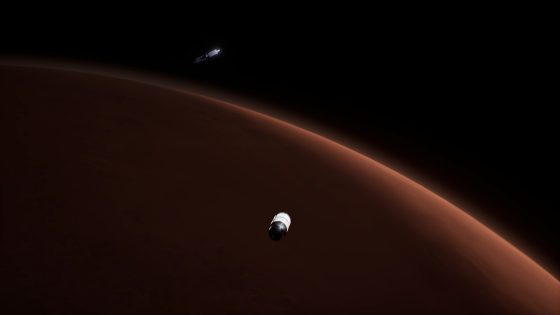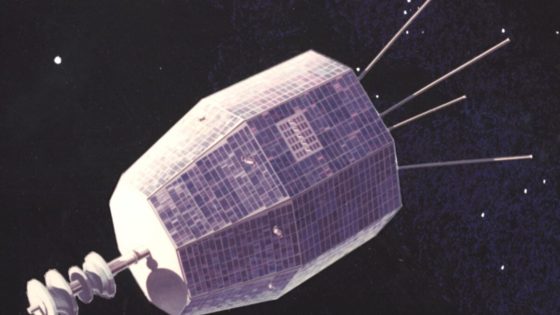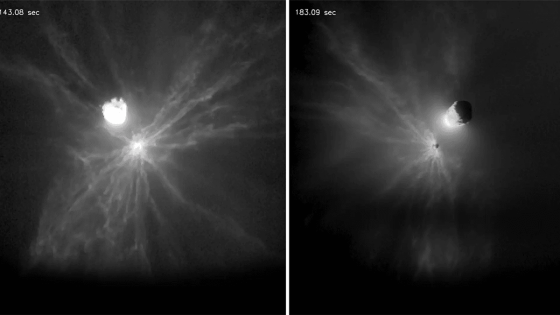NASA’s Mars Sample Return (MSR) mission faces significant challenges, including skyrocketing costs and potential cancellation. However, a new proposal from Lockheed Martin could provide a much-needed lifeline to this ambitious project.
- NASA's Mars Sample Return mission faces budget issues.
- Lockheed Martin proposes a cost-effective solution.
- New plan aims for under $3 billion cost.
- China plans its own Mars sample mission.
- U.S. focus shifting towards human Mars exploration.
- Rocket Lab also submitted a budget proposal.
Since the Perseverance rover’s landing in 2021, it has been collecting valuable Martian samples for analysis. Yet, independent reviews suggest that the mission’s costs could soar to $11 billion, prompting budget concerns, especially in light of the Trump administration’s proposals for 2026. On June 26, 2025-07-08 23:00:00, Lockheed Martin unveiled a streamlined, cost-effective approach to MSR that could bring the total mission cost down to under $3 billion.
This innovative plan raises important questions about the future of Mars exploration. Can a more affordable mission architecture truly deliver the scientific insights we seek? Lockheed’s approach emphasizes efficiency and risk management, leveraging existing technology to minimize costs. Key points include:
- Utilizing smaller spacecraft and systems to streamline operations.
- Building on proven designs from prior missions like InSight.
- Reducing oversight while managing key mission requirements.
As we look to the future, the potential for groundbreaking discoveries from Mars samples remains tantalizing. Will this new proposal pave the way for a more sustainable exploration strategy?
































